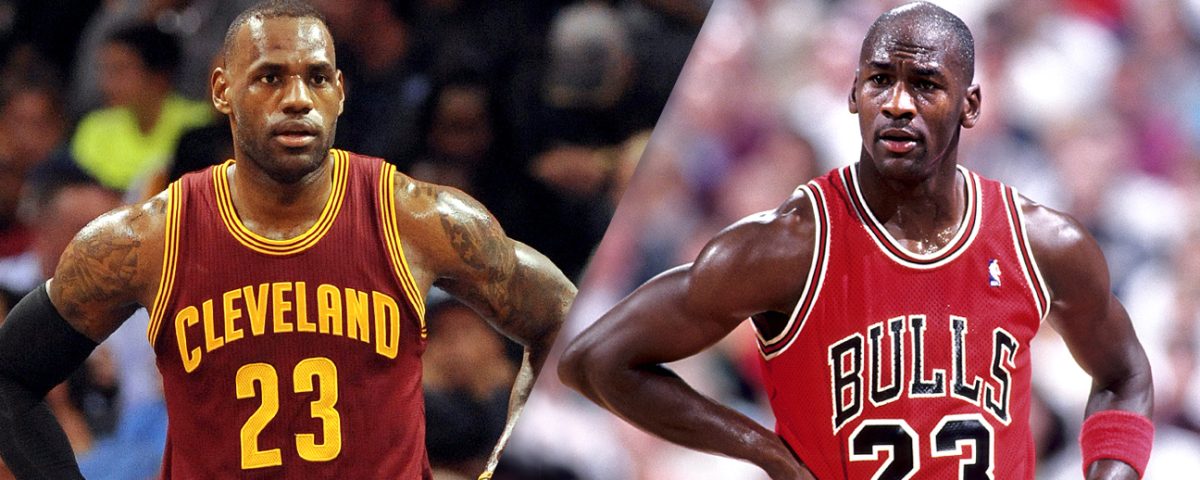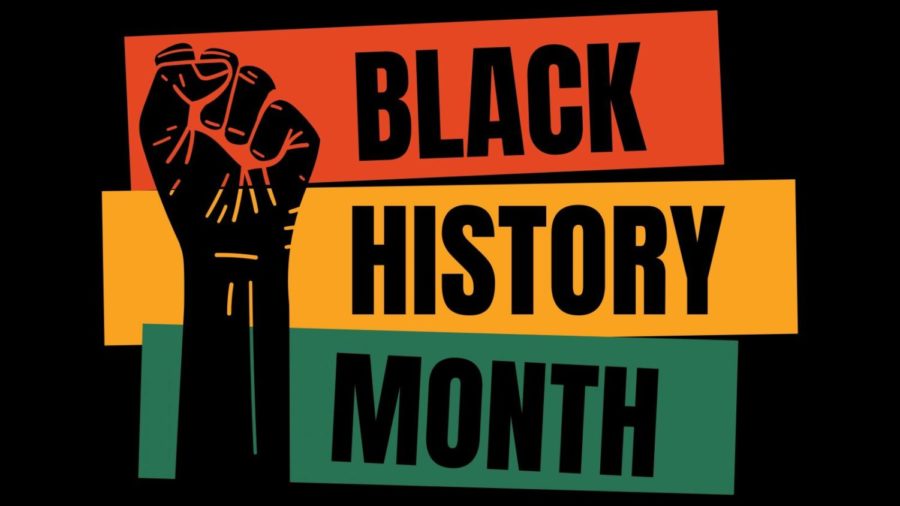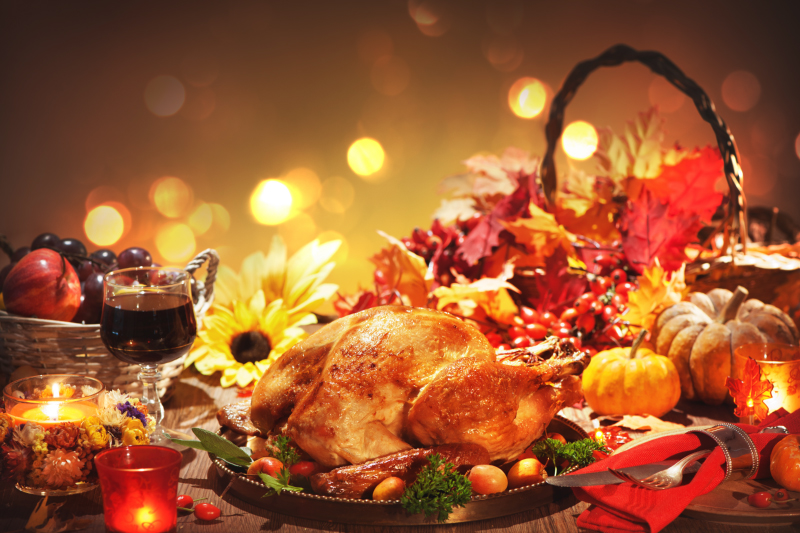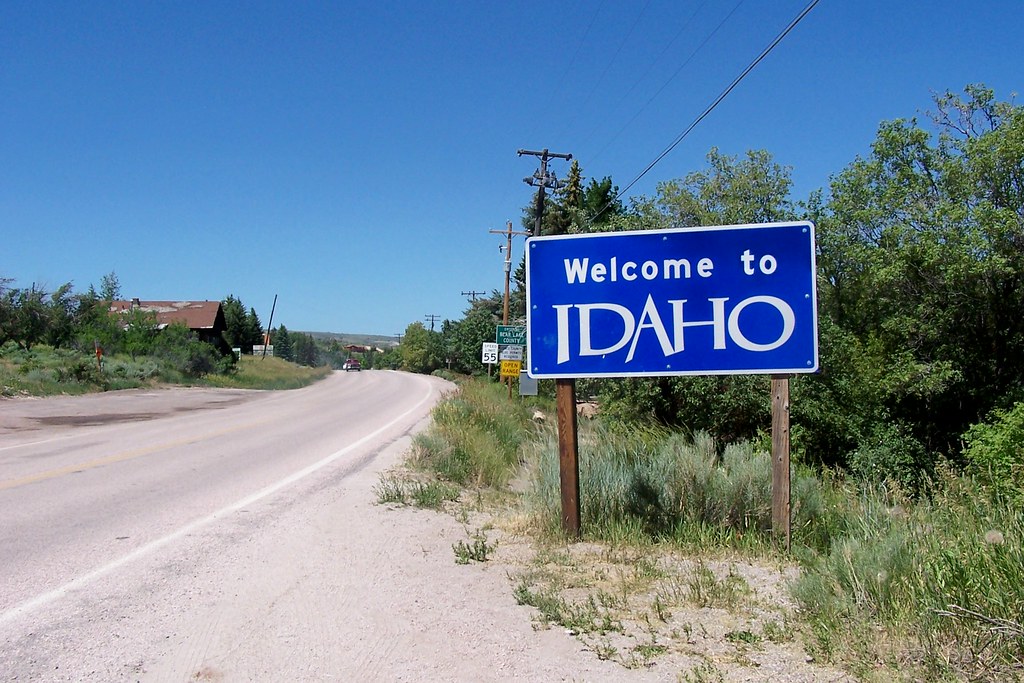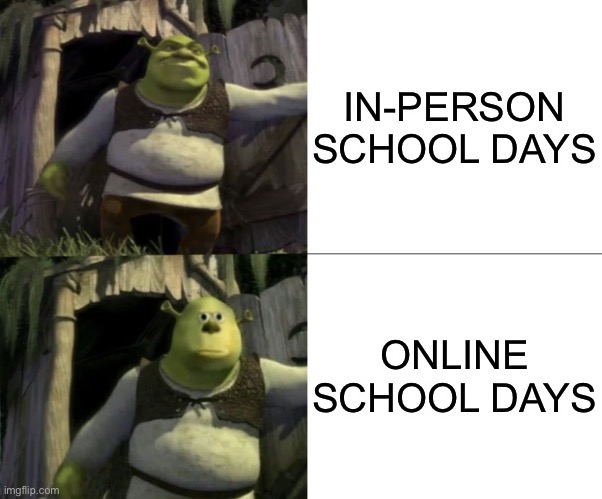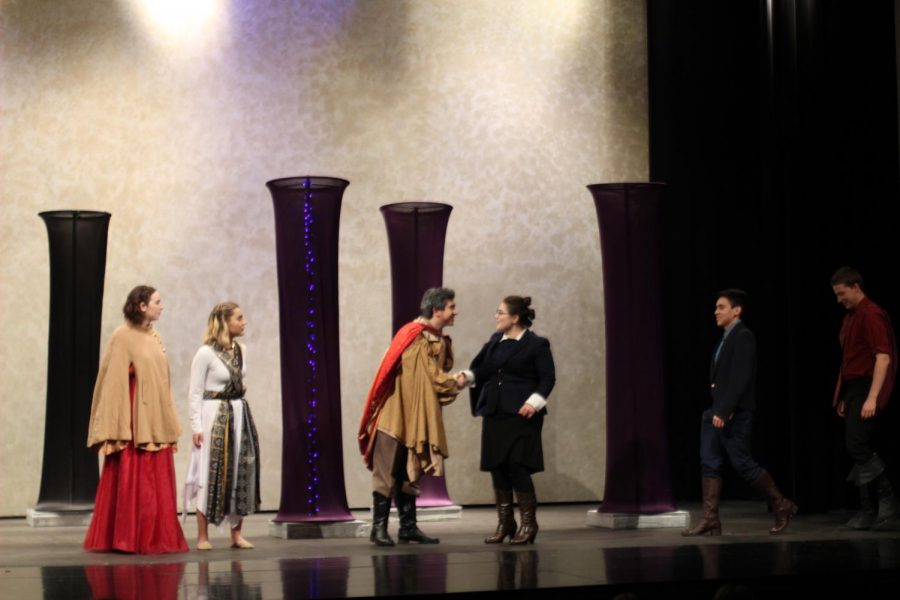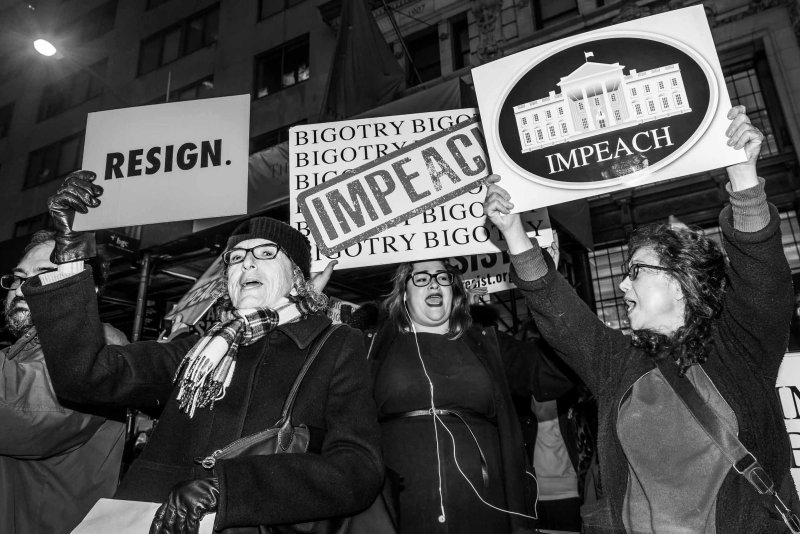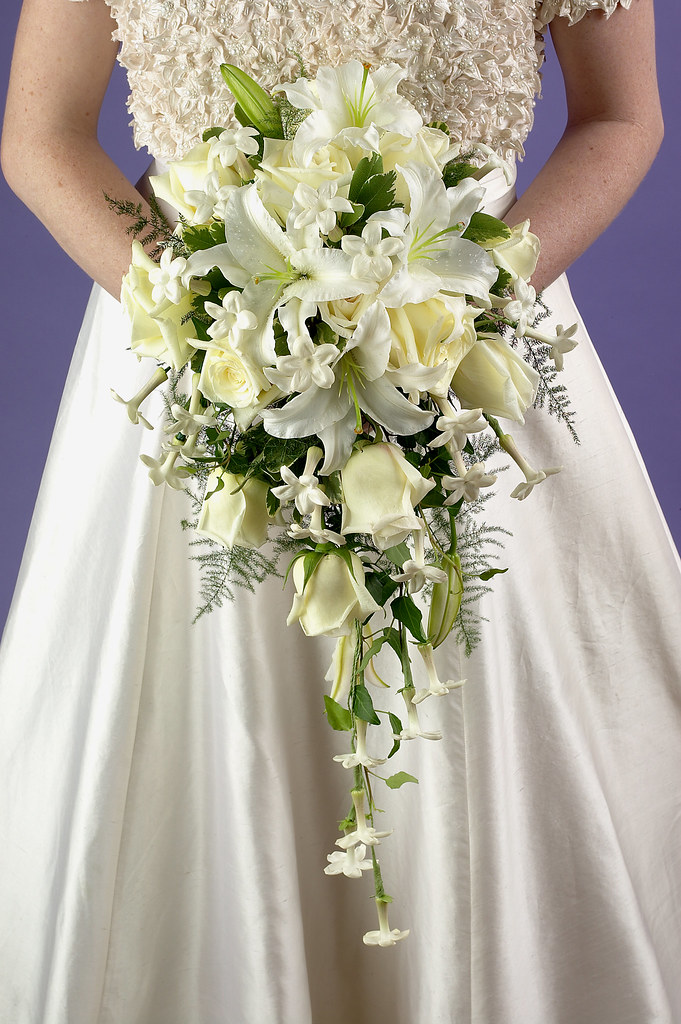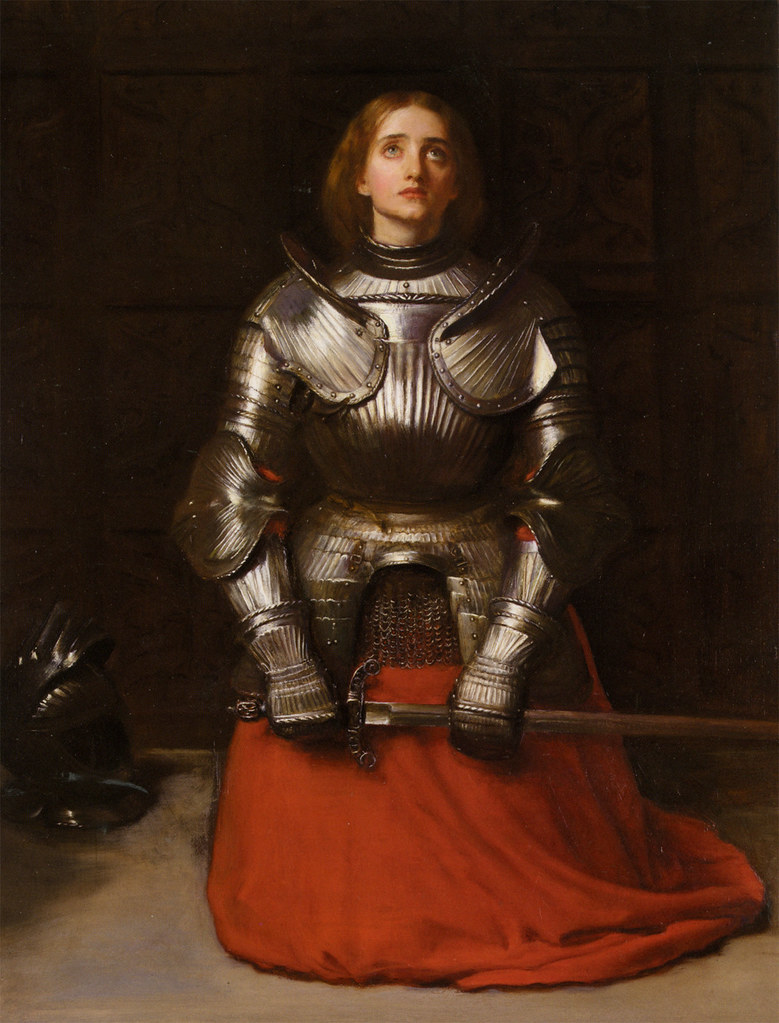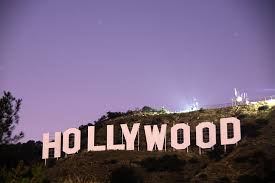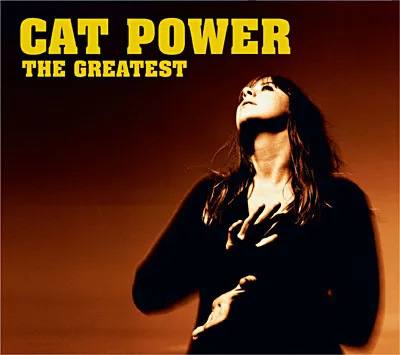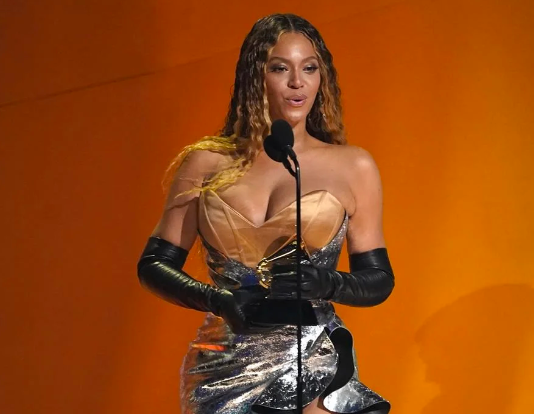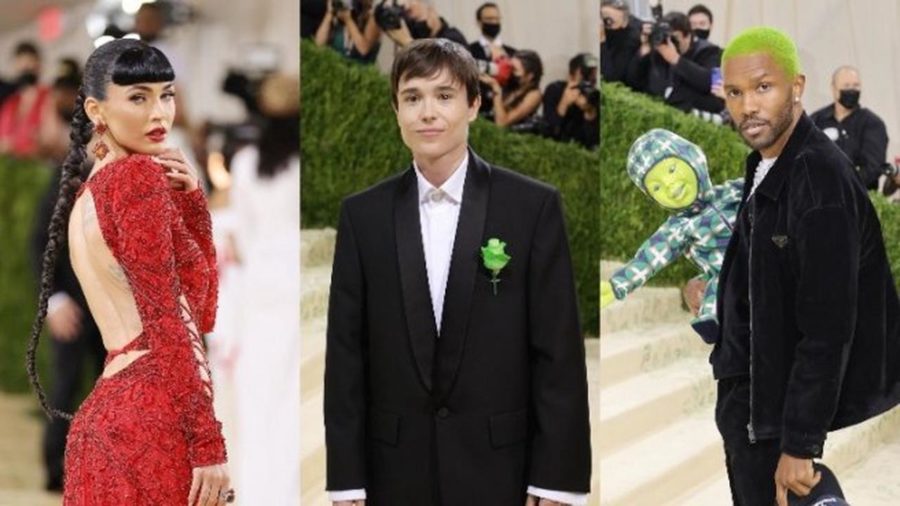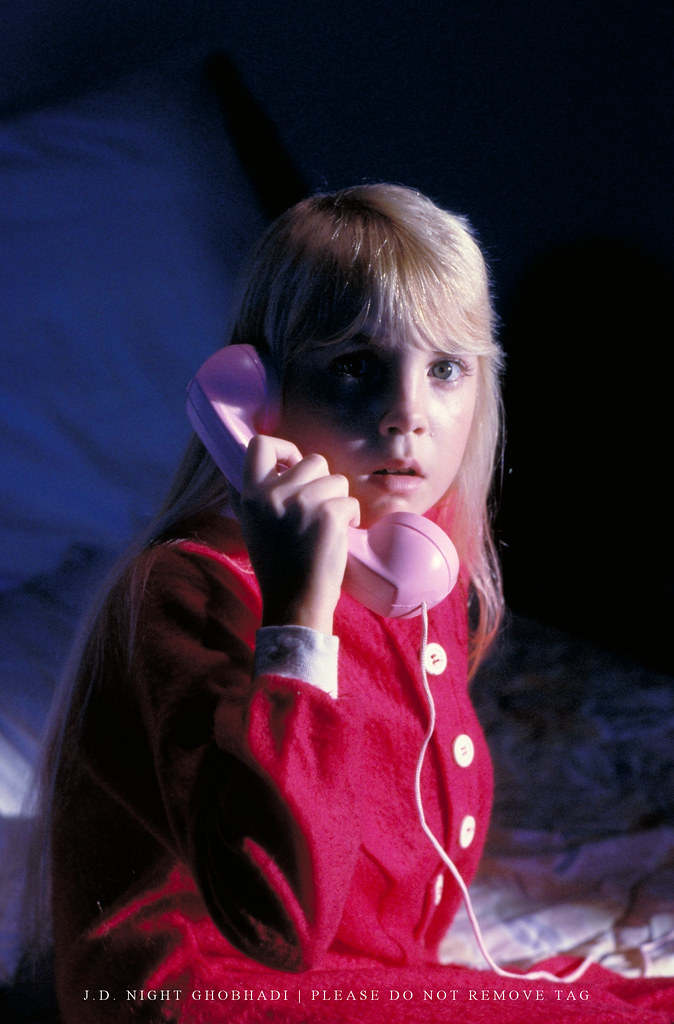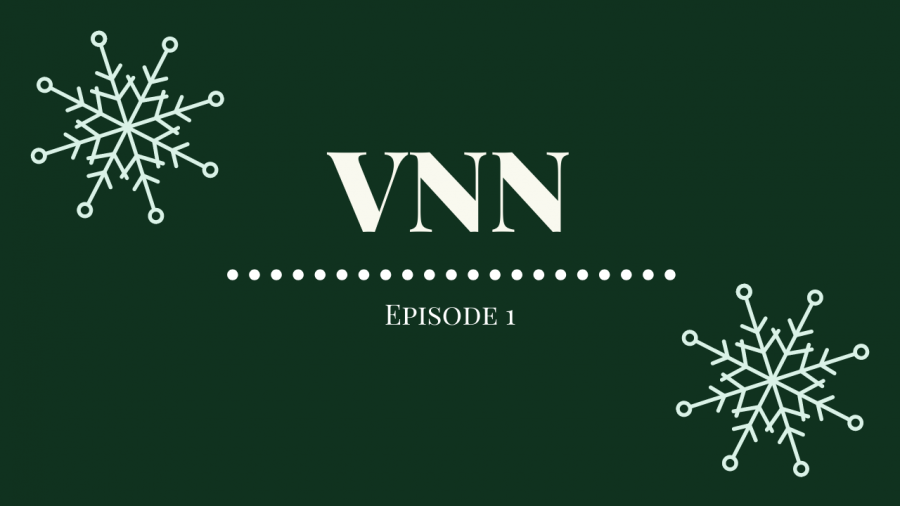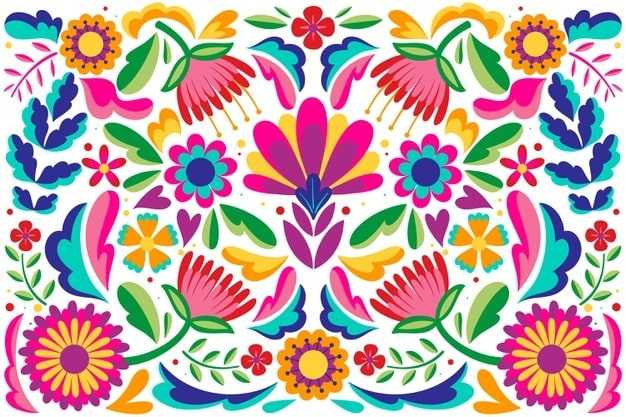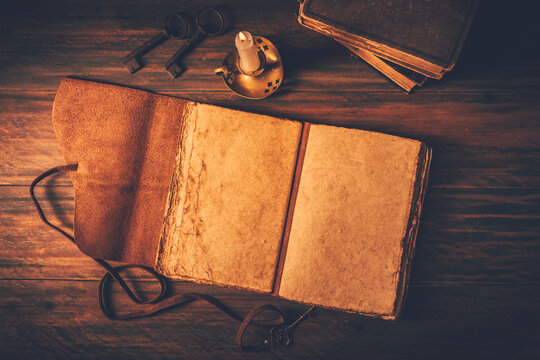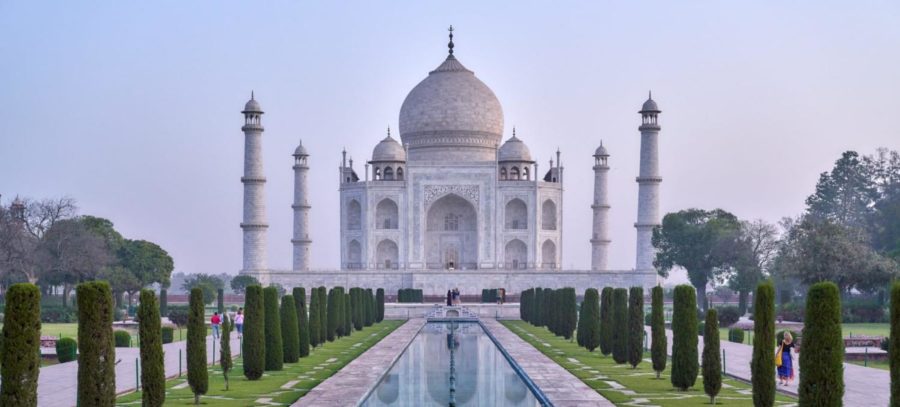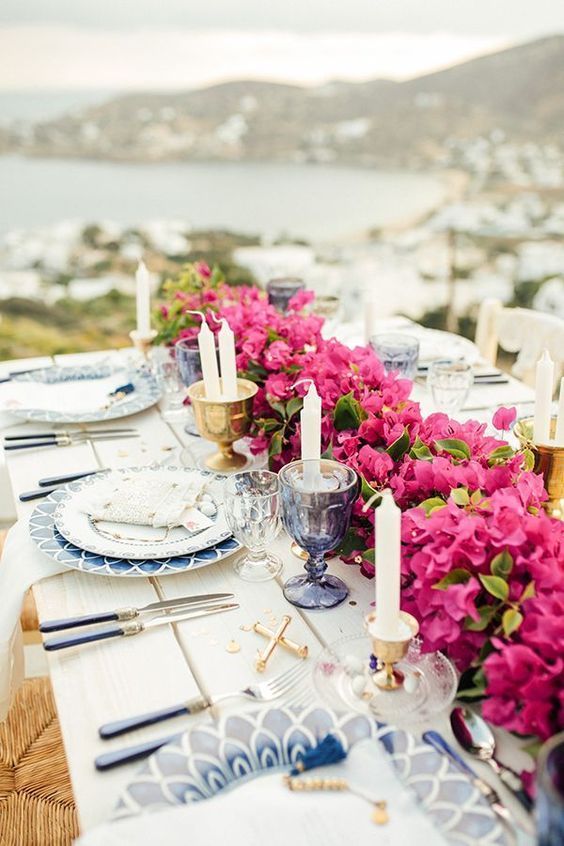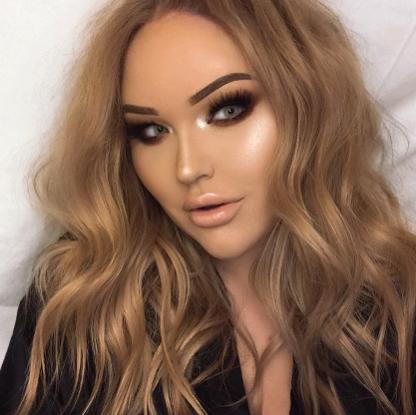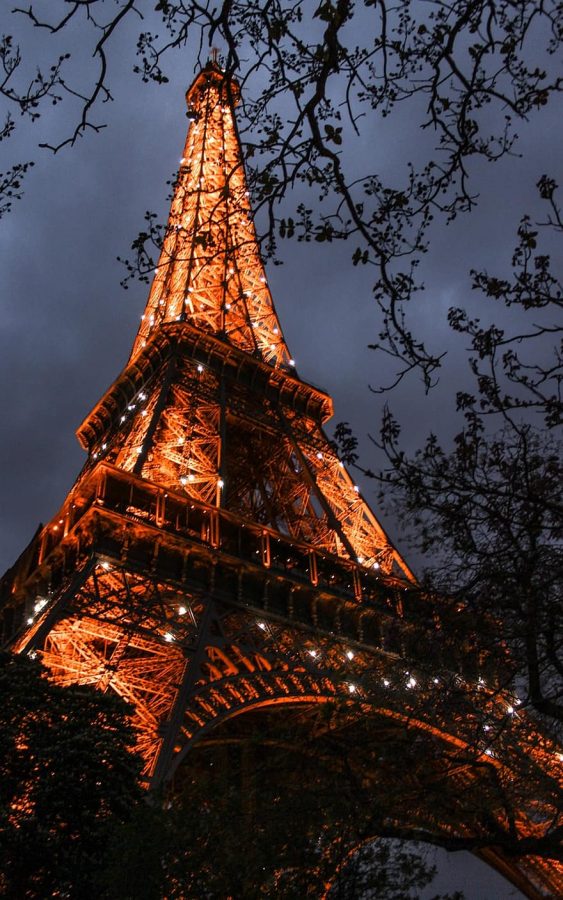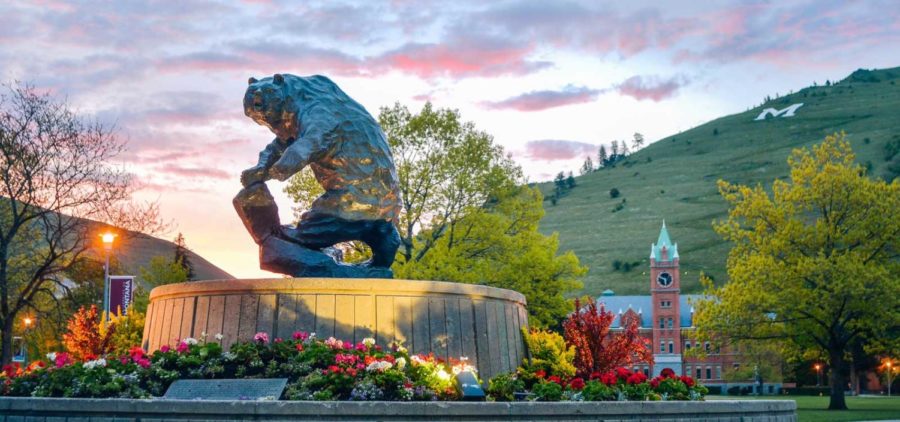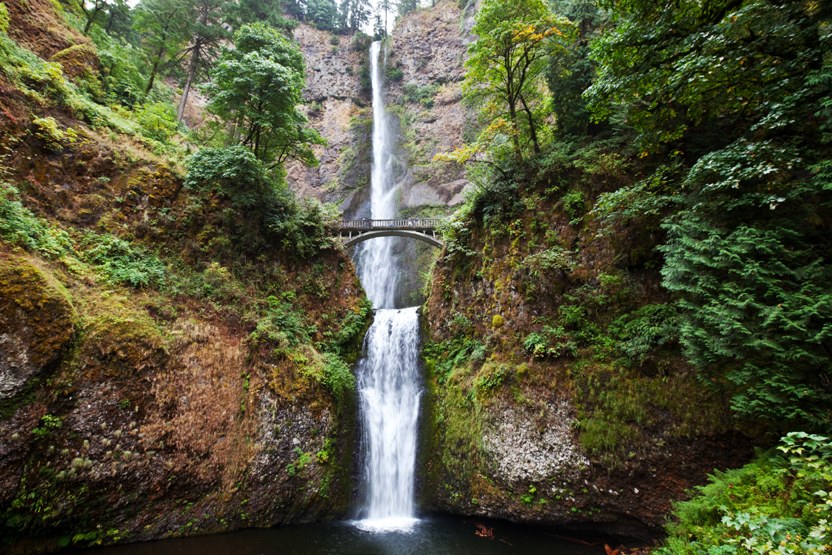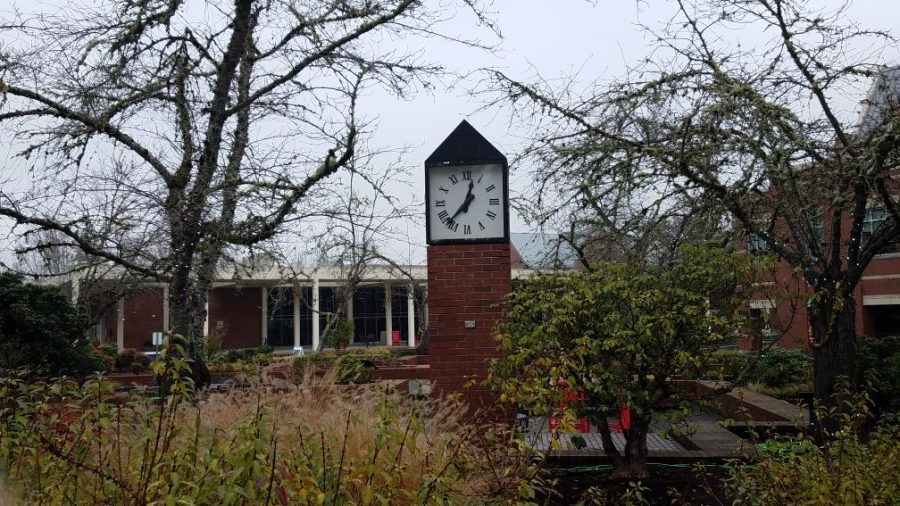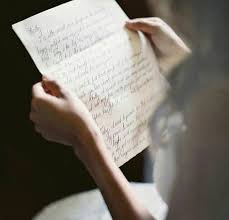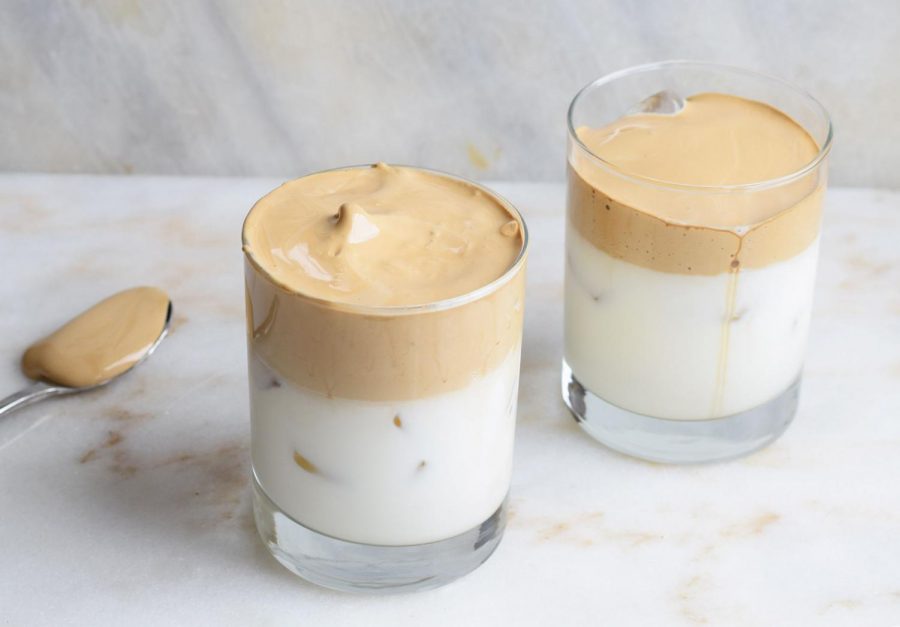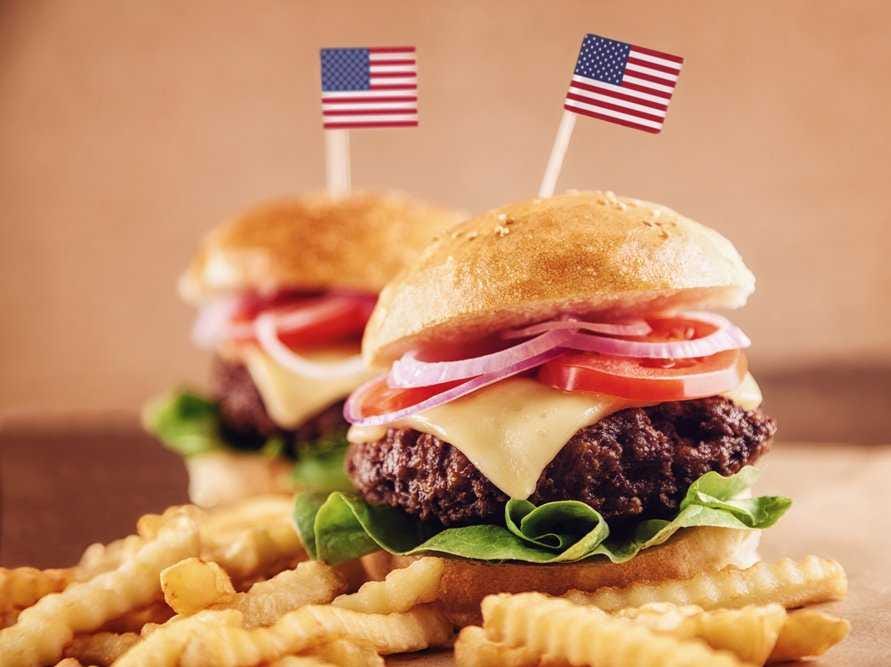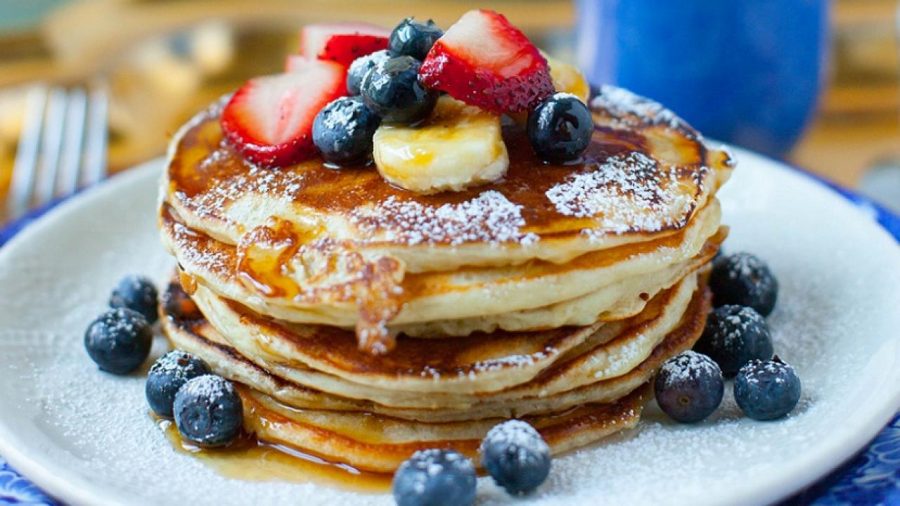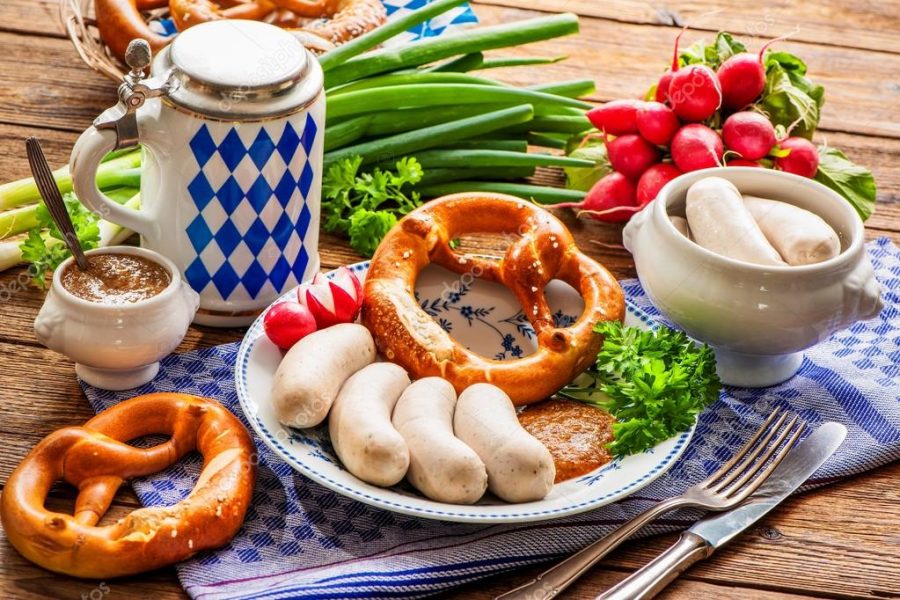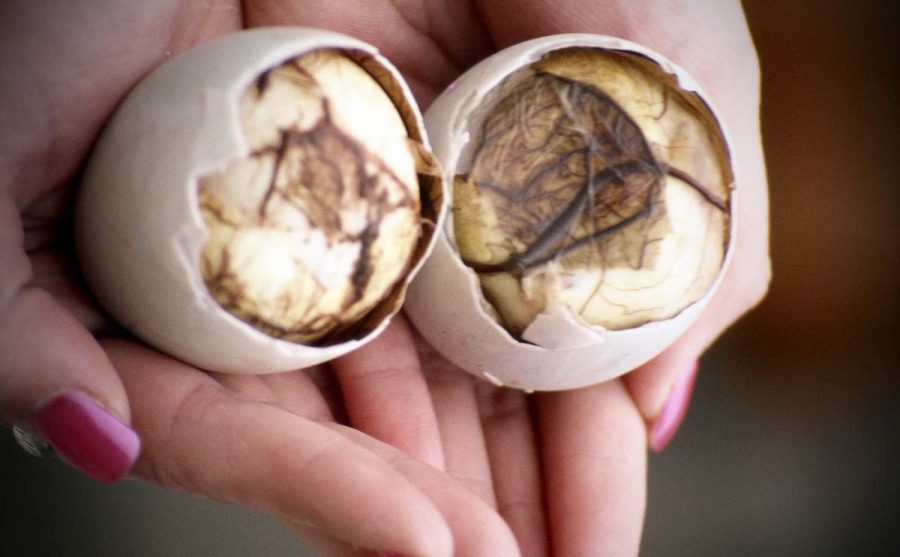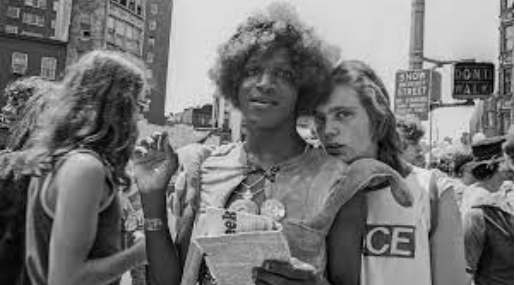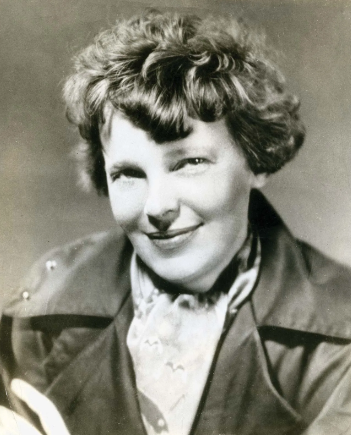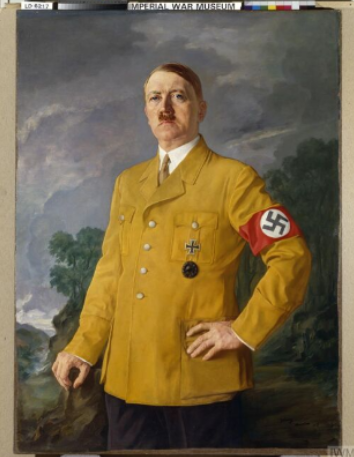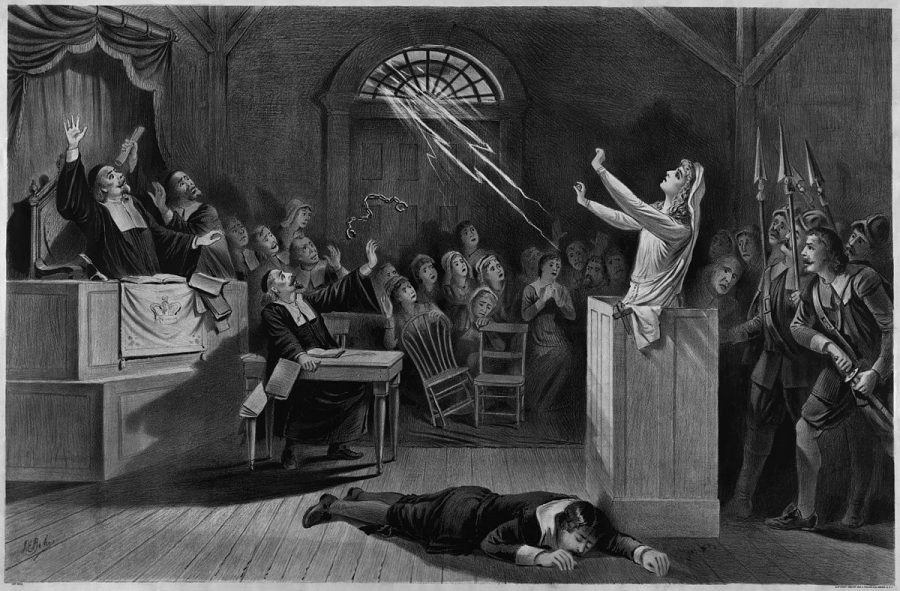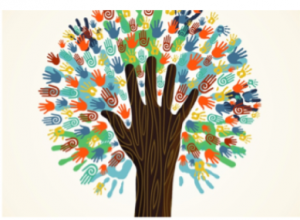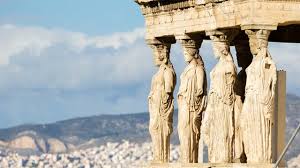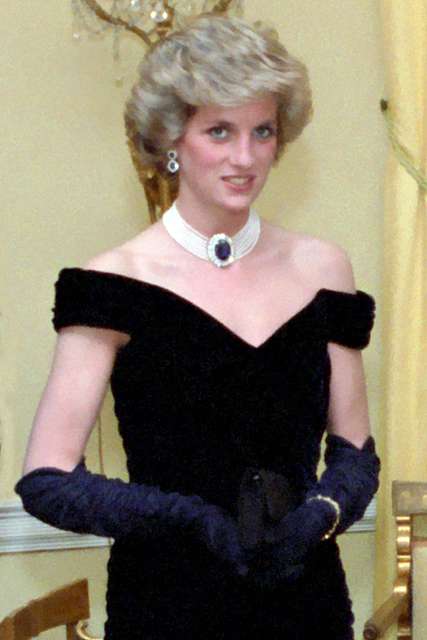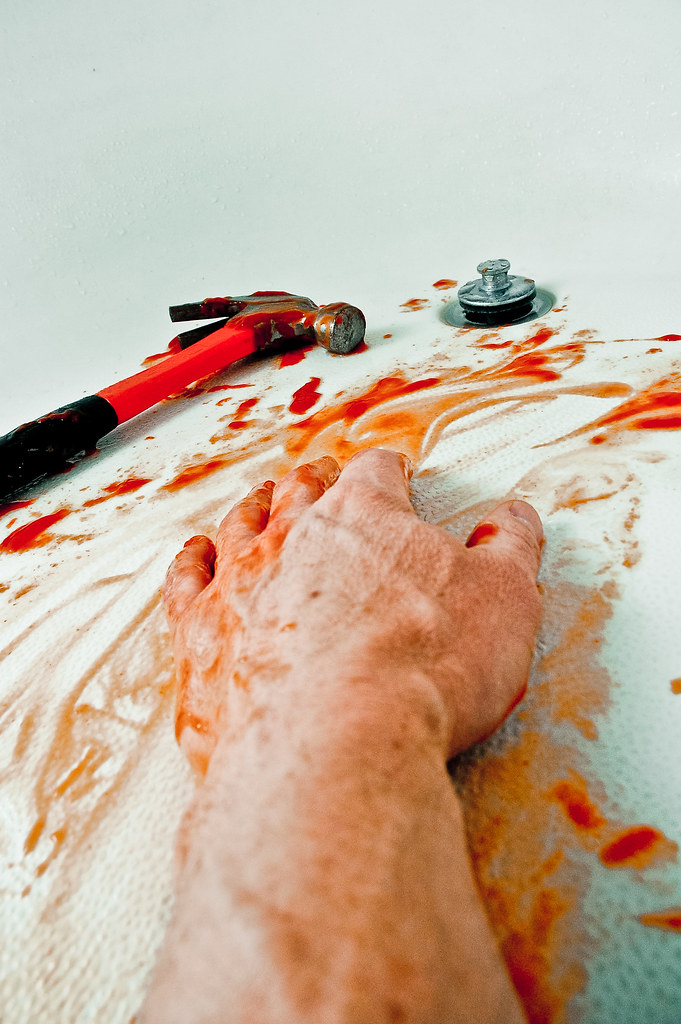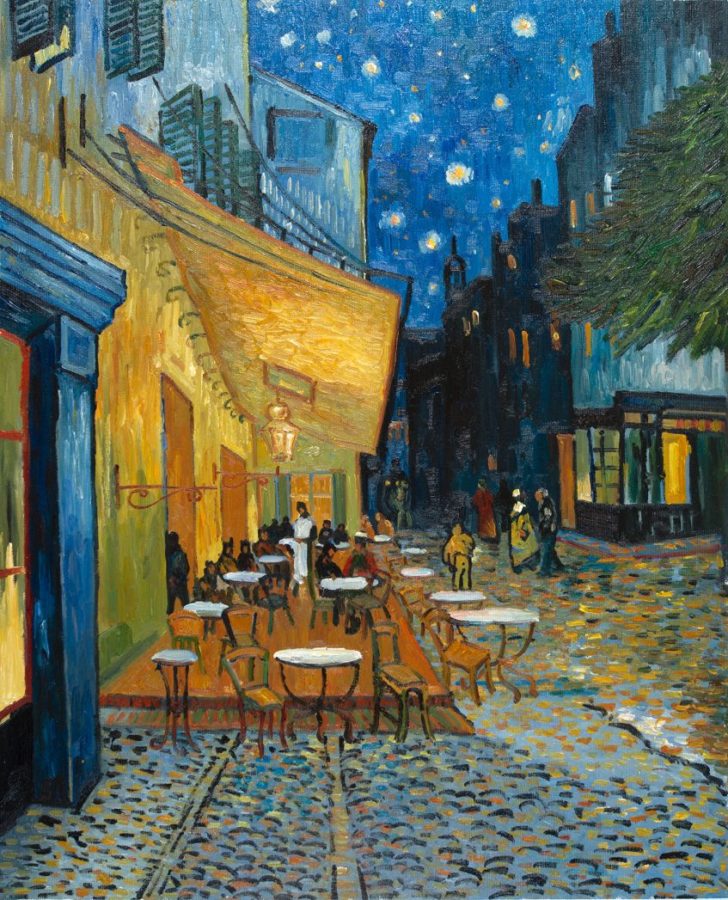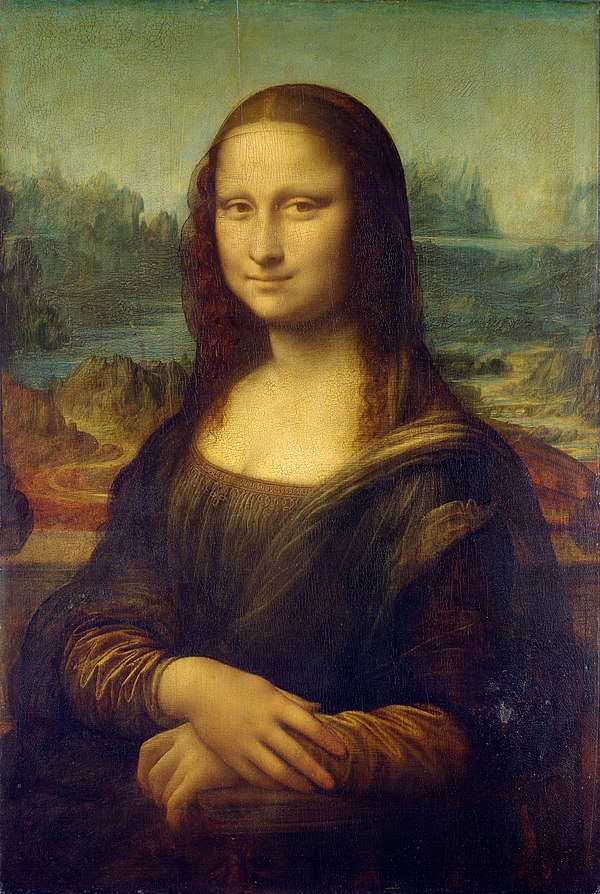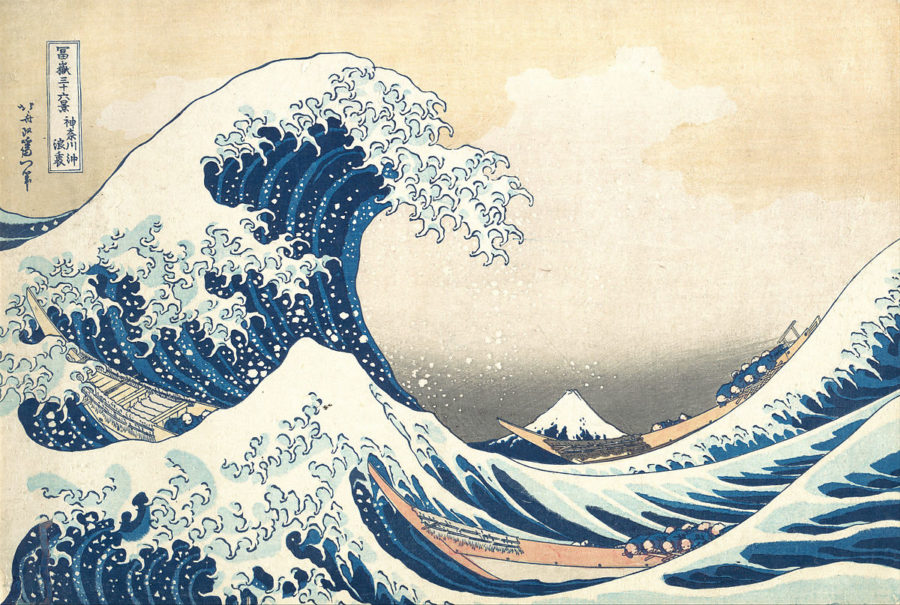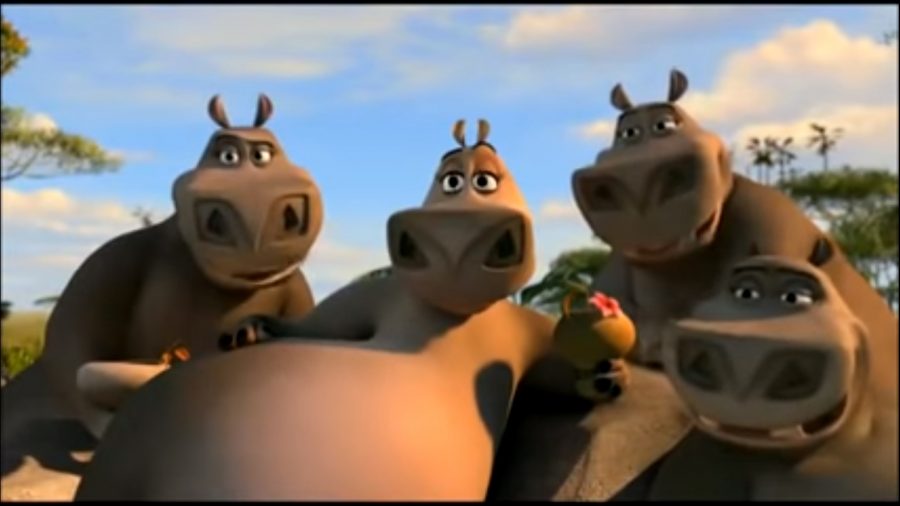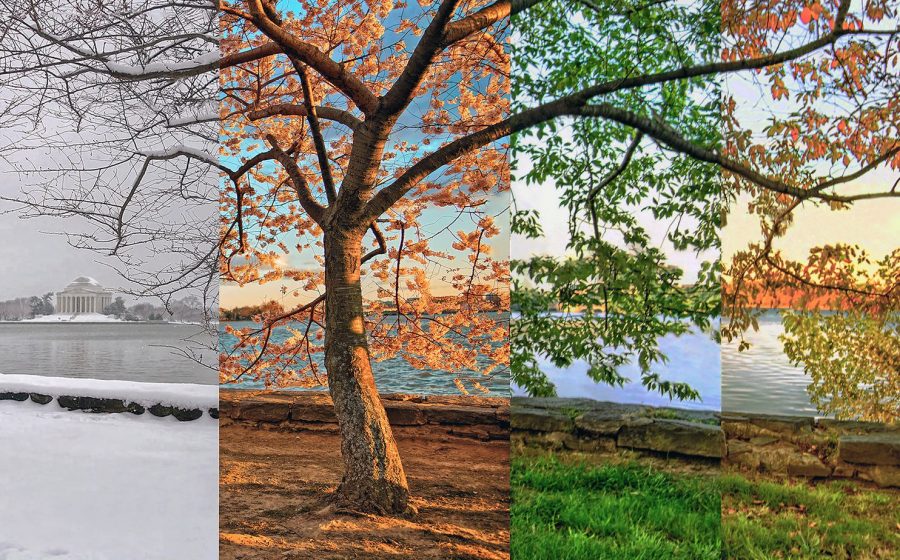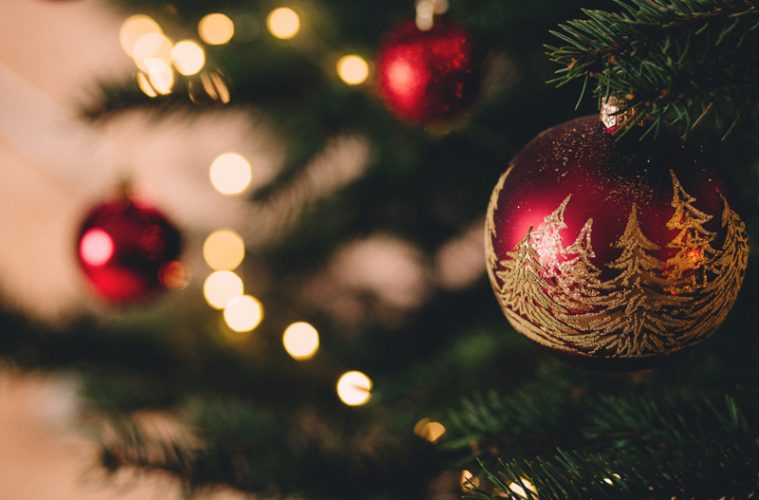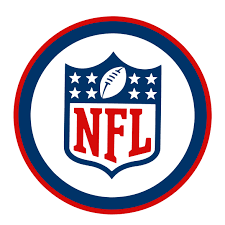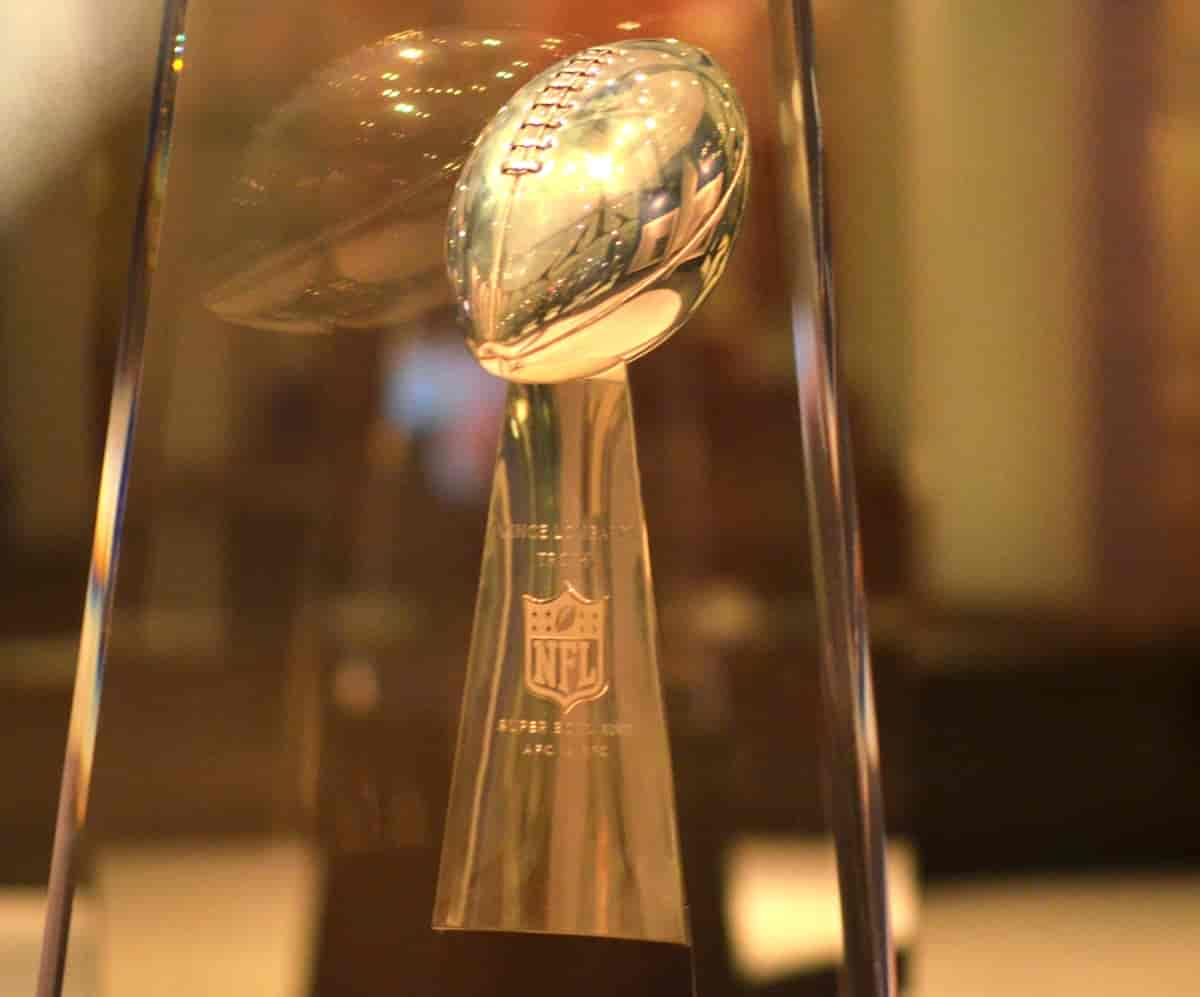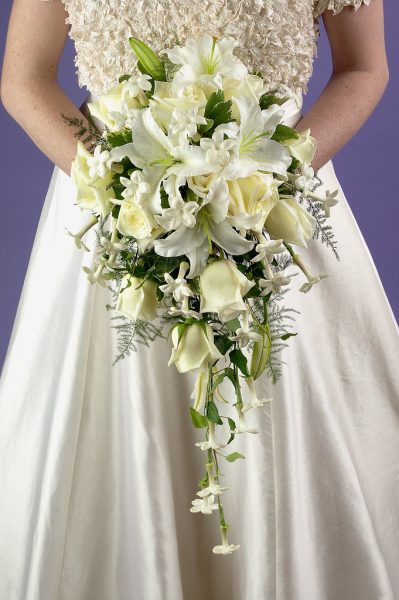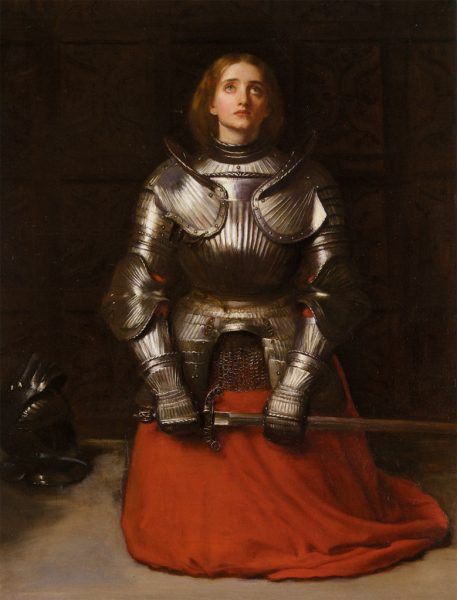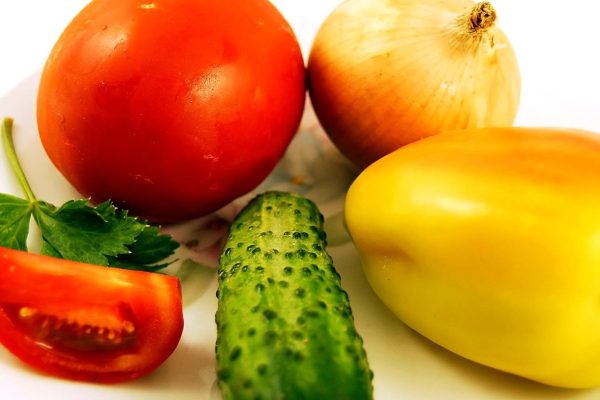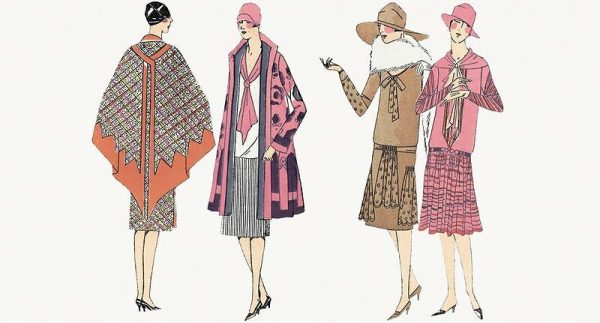The Life of The Real Pocahontas
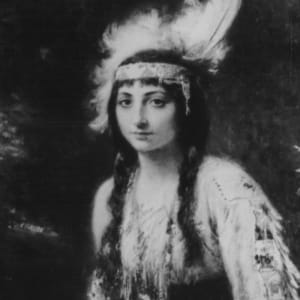
Image via Biography
November 29, 2021
Amonute, whose nickname was Pocahontas, was born in 1596. In a more private setting, she was also known by the name Matoaka. She was also given the name Rebecca when she was later baptized. Pocahontas had twenty-six half brothers and sisters from her father, Chief Powhatan, and they all lived in Tidewater, Virginia, in the alliance of Virginian Indians. Chief Powhatan would only keep a wife until she had his child, and then he would send the girl back to her village. This is the reason why Pocahontas only had half brothers and sisters. Pocahontas was given the nickname Pocahontas by her father because it means “playful one”, and it fit her personality as she was constantly playing, doing cartwheels, and causing mischief.
Pocahontas would have grown up in her mother’s village as was the custom, and she would have worn deerskin clothing and slept in a yehakin (which is a Powhatan house made with bent saplings, reeds, or bark). She spent her days playing and helping the women of the village with their daily work.
There were no schools in the villages for a set education, and the Powhatan people didn’t have a written language. Pocahontas instead learned from watching the adults and would gather firewood and help prepare meals. She also learned how to plant corn, beans, and squash in the summertime, and gather roots, nuts, and berries in the fall. Even as the daughter of the Chief, she still had to work in the village doing everyday chores.
In 1607, when Pocahontas was eleven years old, the English arrived in Jamestown. Pocahontas and her father would not meet anyone until that winter, with the first settler to speak with them being Captain John Smith. The meeting happened after Smith was captured by one of Pocahontas’s half brothers and was taken to Chief Powhatan. The event that soon linked Pocahontas and Smith together was Smith’s retelling of being saved by the chief’s daughter. Smith recounted to his fellow Englishmen that he was going to be murdered by a death blow to the head by the Powhatan Indians. According to him, Pocahontas rushed in and covered his head with her own, and prevented the event from taking place. It is unknown if this happened or if Smith made it up, but he returned safely to the Englishmen in Jamestown to recall what had occurred.
Once Smith returned to Jamestown, Chief Powhatan sent food and gifts to the starving English. These envoys were almost always accompanied by Pocahontas, and she became popular to the English as the Chief’s daughter. When the English would take Powhatan prisoners, Pocahontas would be sent to negotiate to release them. John Smith would release them, saying he would only do it for Pocahontas. As time went on, the Powhatan Indians and the English relationships began to fall apart, and Pocahontas would be the only one to continue to stay friends with the English. The strained relationship between the English and the Powhatan Indians would eventually lead to the First Anglo-Powhatan War, where the English won by killing Powhatan Indians in their path.
In 1610, Pocahontas married a man named Kocoum, who was one of Pocahontas’s father’s bodyguards. He did not have high status in the tribe, so historians believe that their marriage was one of love.
In 1613, Pocahontas was captured by Captain Samuel Argall and held for ransom in hope of improving the trading ability between the Powhatans and the English. Their relationship continued to be very strained, and Argall believed that by capturing Pocahontas, he could start the open trade again using her life as the first item. He set the trap to capture Pocahontas with help from other tribes called the Passapatanzy and the Patawomeck, who helped to trick her into being captured in an English boat. In return for their help, they were given small trinkets in exchange.
After being captured, Pocahontas was taken to Jamestown. Chief Powhatan was told that his daughter was captured and that he could get her back in return for open negotiations and supplies. He quickly agreed to the ransom and other English demands. Meanwhile, Pocahontas was put under the care of Reverend Alexander Whitaker, where she learned the English language, religion, and customs. Pocohantas would continue to learn under the English in Jamestown, and would never return to her father in the Powhatan Tribe.
During the time of her education, Pocahontas met John Rolfe, who was well known for introducing tobacco to the settlers in Virginia. According to the English, Pocahontas and Rolfe fell in love and wanted to marry and the news was sent to Chief Powhatan. Pocahontas’s people would have considered the message as a divorce to Kocoum, and Chief Powhatan consented to the marriage and sent one of Pocahontas’s uncles to the wedding to represent himself and their people.
In 1614, Pocahontas was converted to Christianity and was baptized. She was given the Christain name Rebecca and married John Rolfe under her new name. Their marriage helped make peace between the English and Powhatan Indians. Pocahontas was once again used against the Powhatan and encouraged more Englishmen to travel to Jamestown to be a part of the Virginia Company of London. The next year, Pocahontas and Rolfe soon had a son named Thomas.
In 1616, Pocahontas traveled with her son and John Rolfe by ship to England. Their expenses were paid for by the Virginia Company of London, and ten or twelve Powhatan Indians joined them. Among the Powhatan that joined them was a man named Tomococo, who was sent by Chief Powhatan to count all the people in England. They explored England, where they discovered that London was populated by over 200,000 people. This was a huge population compared to the thirty tribes that make up the Powhatan, with only around 14,000 people in all the tribes combined.
Pocahontas attended many balls, parties, and plays in public attendance. In 1617, Pocahontas attended a masque at Whitehall Palace where she sat near King James I and Queen Anne. Pocahontas enjoyed these public events in England, but John wished the whole Rolfe family to move to Virginia.
Before leaving for Virginia, Pocahontas and John Smith met once again for the first time in around seven years. It is recorded that Pocahontas saw him and turned away with emotion, and when she turned back at him she reprimanded him for the treatment of her father and her people. She reminded him of how he was embraced into her family, and even at one time had called Chief Powhatan “father”. Pocahontas was angry towards the settlers because they had lied many times, including that Smith had died because of the Powhatan, and Pocahontas realized her father was right to not trust the Englishmen.
When Pocahontas began the journey to Virginia with Rolfe and her son in March 1617, she fell seriously ill. The boat they were traveling on was pulled ashore, and Pocahontas died soon after. The cause of her death for certain is unknown but is suspected by historians to have been a case of pneumonia. She was buried at St. George’s church at the age of twenty-one. John Rolfe left their son who was ill as well in England with relatives and continued his journey to Virginia. Pocahontas’s death led to the peace between the tribes and the settlers breaking into pieces, which eventually led to the second and third Anglo-Powhatan Wars.




